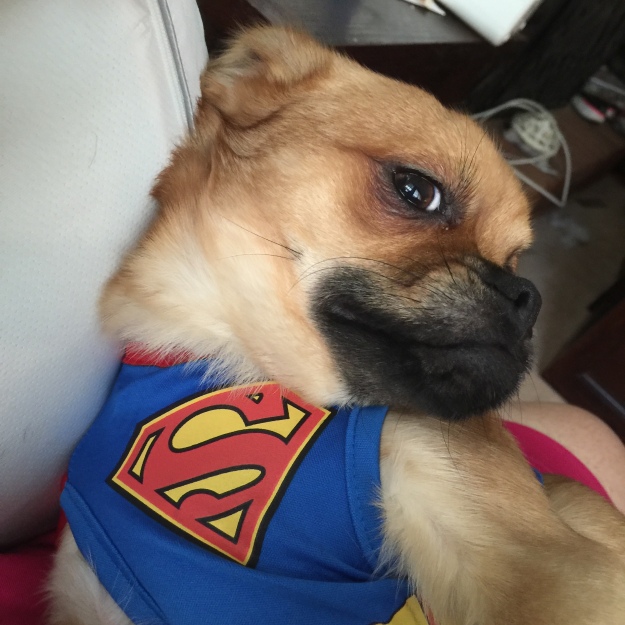Every once in a while I get pushback from someone who doesn’t want to do treat training for their dog. They feel that is bribing the dog and somehow, miraculously no doubt, the dog should be thankful that it has a nice home, read all the schizophrenic signals an owner can produce and still find and save Timmy who fell down a well…all without any positive reinforcement whatsoever. I always ask them if they would work for free. Usually the answer is “No but that is different.”
Why is it different? You are asking your dog to perform a job albeit a job to become a “good” dog. Your dog is learning to do the jobs you want him to do like sit or lie down or not jump on people when he is excited and meeting new ones. In the dog training world you will hear your trainer ask you what motivates your dog? For some dogs, they could care less about treats but are driven by toys or the freedom of running in the yard or being able to sniff while taking a long walk with their owner.
Today, though, let’s talk about treats and what are high value treats, lower value treats, when to use and when to pass on them. I’ll give you some examples as to what we do at Kritter Keepers Club and how we work with our canine students and human students. And, last but not least, I’ll describe how we eventually move the cues from being treated each successful time to a once in a while treat.
When we start a new class, we always do a “taste test” with the participating dogs to see which treats have the highest value for them. We set out a variety of treats we use for training – from hotdogs to cheese to baby carrots to cheerios and we allow the dog to choose and eat their favorites. It gives an owner an idea of which treats their dog will eat (or not eat), which treat their dog wants the most and which treat is just ok for them.
When teaching new behaviors to a dog, it is important to reward them with the highest value treats. As much as your dog loves you and wants to do stuff for you, learning which stuff you want them to do is another thing! Using high-value treats helps your pup learn quickly and consistently that these are the behaviors you want. At the end of the day, a dog doesn’t recognize the emotional tie of performing a behavior because he loves you and wants to please you. In my opinion, Lassie and other highly trained celebrity dogs really did a number on us human companions!
According to Jean Donaldson, author of The Culture Clash and leader of the Academy for Dog Trainers, “Dogs do what works.” Think of it this way, you go to your job and at the end of the pay period you expect a paycheck. When you are trying to get your dog to learn it is doing work so using positive treat training is like giving them a paycheck. If they understand that when they perform the behavior they have a high probability of getting great treats, well, they will perform those behaviors more. Just like you keep showing up to that job because, well, the paycheck.
So, dog wants cheese…needs cheese. You keep giving them cheese when you mark a behavior with a click or a word (we use YES!) and then they get cheese. So now the dog’s brain starts clicking…if I do something and I hear the word “Yes!” then I will get cheese? Heck yea! Cheese!
So what is the likelihood that your dog will continue to offer the new behavior? I would say pretty good because it is a high value treat that he really wants. Now that he is associating this behavior with a great treat you can add different nuances like duration, distraction and distance. To make sure your dog generalizes the behavior have others in your family ask him to do it. Ask him to perform in all rooms of the home and indoor and outdoor. The high-value treat is rewarded to him each and every time he completes the ask.
Once your dog has developed the “muscle memory” of the cue then you can start looking at putting him on a reward schedule. I like to have my students train with their dogs in sets of five asks with rapid reward deployment once the cue has been performed. So instead of rewarding on all five asks, start rewarding on the 1st, 3rd and 5th ask. Then move to the 1st and 3rd and then finally use a random schedule for rewarding and once in a while give your dog a “jackpot.”
Ever wonder why people will sit an a slot machine and feed it quarter after quarter after quarter. It might take $50 of quarters and then suddenly the slot machine producing a winning combination. The winnings could only be $15 or $20 but it is enough to keep the slot player engaged with the potential of hitting it big. The same concept is applicable to treat training your dog. As long as there is potential that a treat may be rewarded, your dog will perform the ask.
Think of treats as a currency for your dog to do business with you. It’s not bribing to pay him for work well done!


 –West Cobb training, boarding and doggy daycare facility opens Sept. 18.
–West Cobb training, boarding and doggy daycare facility opens Sept. 18. 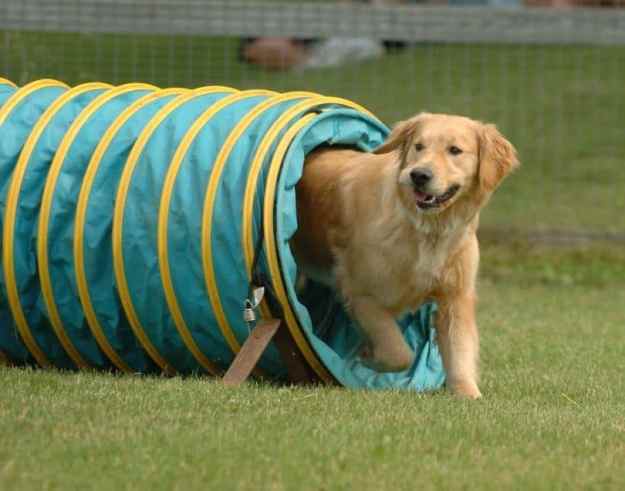

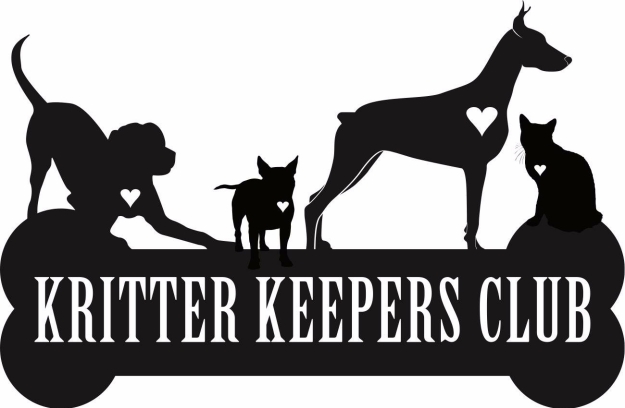
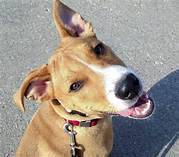
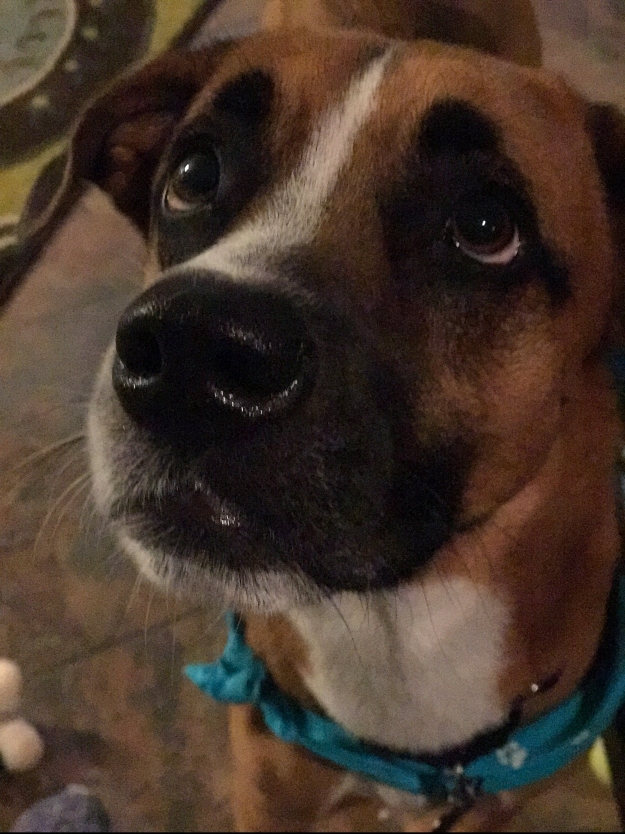
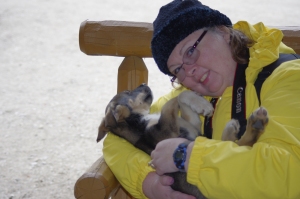

 This is a very tough question because I’m personally involved in rescue but my love of dogs and the individual breeds makes me also a prime candidate for a pure bred. The truth is I have both. My two pure breeds (a lab and a vizsla) are rescues of a sort as the families that owned them couldn’t deal with or handle them. So Lesson One is that there are sometimes pure breed dogs available at your rescue. At Mostly Mutts, we’ve had Shelties, Boxers, Pomeranians, Great Danes, English Bulldogs, Chihuahuas, Pugs, Shih Tzus, Beagles, Lhasa Apsos, Poodles, Miniature Pinschers and the list goes on.
This is a very tough question because I’m personally involved in rescue but my love of dogs and the individual breeds makes me also a prime candidate for a pure bred. The truth is I have both. My two pure breeds (a lab and a vizsla) are rescues of a sort as the families that owned them couldn’t deal with or handle them. So Lesson One is that there are sometimes pure breed dogs available at your rescue. At Mostly Mutts, we’ve had Shelties, Boxers, Pomeranians, Great Danes, English Bulldogs, Chihuahuas, Pugs, Shih Tzus, Beagles, Lhasa Apsos, Poodles, Miniature Pinschers and the list goes on.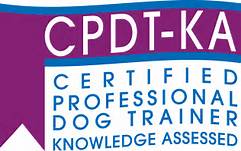
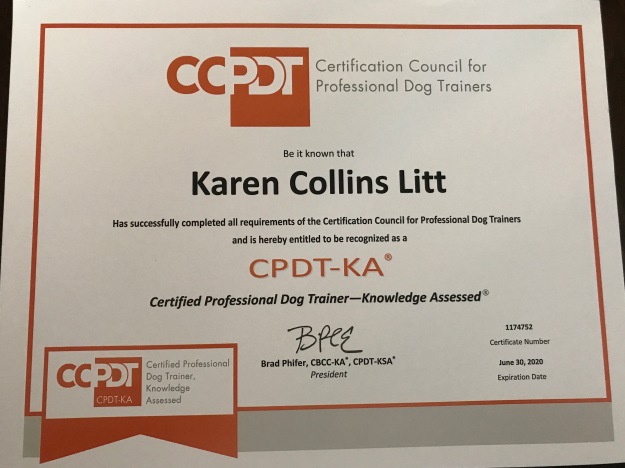 any years of experience and has a wonderful rapport with the animals. And sometimes you find a “trainer” who taught her own dog to sit so therefore she’s a dog trainer. So I became a Certified Professional Dog Trainer – Knowledge Assessed (CPDT-KA).
any years of experience and has a wonderful rapport with the animals. And sometimes you find a “trainer” who taught her own dog to sit so therefore she’s a dog trainer. So I became a Certified Professional Dog Trainer – Knowledge Assessed (CPDT-KA).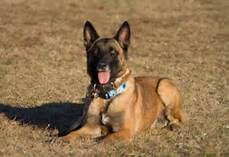
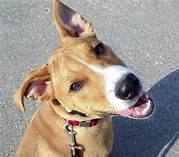 omes to animals. Opening Kritter Keepers Club is a dream come true for me because it will allow me to say, “Yes!” more.
omes to animals. Opening Kritter Keepers Club is a dream come true for me because it will allow me to say, “Yes!” more.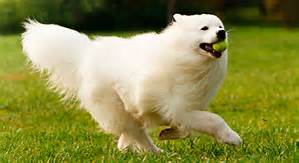
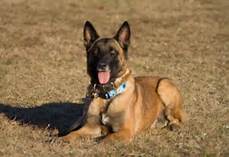 Make sure you get all the info you need and make the best decision you can!
Make sure you get all the info you need and make the best decision you can!








